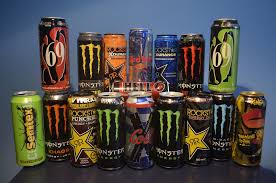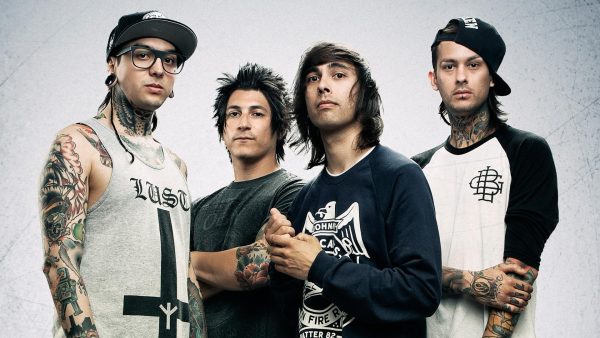The Pros and Cons of Energy Drinks

Energy drinks can be addictive, but is one better than the other?
More than twenty-nine billion gallons of an energy liquid, an American consumes every year. The average amount of caffeine in an 8-ounce energy drink is 80 milligrams, but some sixteen-ounce cans may have as much as 344 milligrams of caffeine and sometimes more. Starting in the United States markets in 1997, some of their caffeine contents range from 50 milligrams to 500 milligrams per serving to 95 milligrams for an 8-ounce cup of coffee.
The moderate caffeine intake for adults is up to 400 milligrams while for teenagers it is for 100 milligrams. A study has shown that from the years 2003 to 2016 that from 9,911 adolescents, 12,103 young adults, and 11,245 middle-aged adults had taken energy drinks.
Although there are pros of drinking energy drinks such as giving you a good energy boost. Having vitamin B in the drink can also improve your mood and can fight off cancer and heart disease. B-12 in the energy drink can help keep your blood cells and nerves healthy as well with digestive systems. With the B6 in the drink, it helps the body with cardiovascular, immune, and nervous system function. The niacin helps relieve arthritis pains and lower blood lipids. Pantothenic Acid helps with allergies, stress, anxiety, and skin disorders. Finally, riboflavin can treat muscle cramps and blood disorders.
There are pros that help the body by drinking energy drinks, but there are cons as well. Energy drinks carry a lot of caffeine and sugar. Energy drinks are not good for exercising and they will dehydrate you by giving you less energy to work out, they can become addicting. Energy drinks can cause headaches and migraines due to withdrawal from caffeine. As well as insomnia, energy drinks can cause a lack of sleep. Too much caffeine can and will definitely keep you awake. Jitters from energy drinks can happen along with them making you anxious. High blood pressure, caffeine has the ability to raise a person’s blood pressure. Niacin does have its perks of being positive in some times but it can also cause dizziness and rapid heart rate.
Some of the popular energy drinks are Bang, Red Bull, Monster, Rockstar Zero Carb, and Starbucks Refreshers. Although there are many other energy drinks out there, here are just some popular ones: Red Bull contains 110 calories in one can, as long as 100 milligrams sodium and 28 grams of carbs. With Monster, each normal can is 100 calories, 180 milligrams of sodium and 27 grams of carbs.
Energy drinks are non-alcoholic beverages that contain caffeine and other plant-based stimulants, such as amino acids, herbs, and vitamins.
In 2019, Monster energy drinks reached around 1.14 billion United States dollars, an increase from 2015 where the company had reached over 163 million United States dollars. Monster energy drinks were marketed by the Monster beverage corporation and were first introduced to the market in 2002. In the United States, there were 34 different kinds of Monster branded energy drinks. The advertising in Monster branded to sports, sponsoring a variety of racing competitions, MMA fighters, Esports competitors, and the X Games. Monster rival is Red Bull, where Red Bull holds 26.4 percent of the market, Monster holds 15.2 percent in the market share. Both brands occupy eight of the sports of the top ten selling of energy drinks.
Last year in 2019, 7.5 billion cans of Red Bull were sold worldwide. In 2019, 7.5 billion cans of Red Bull were sold worldwide. This represents an increase of 10.4% compared to the already successful year 2018.
The main reasons for these positive figures are the exceptional sales development in the Red Bull markets in India (+37%), Brazil (+30%), Africa (+25%), Germany (+15%), Austria (+12%), Eastern Europe (+12%) and the USA (+9%), as well as consistent cost management and the continuation of corresponding brand investments.
Energy drinks are being sold every day, and even if they are dangerous to people’s health, people are not going to stop buying them.











